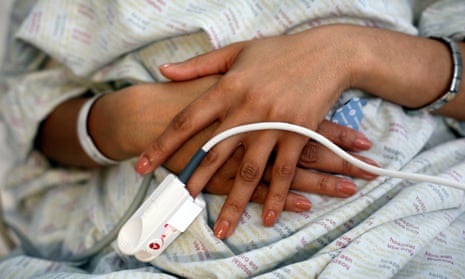Measuring heart rate could help identify people at risk of diabetes, research has shown.
Scientists found that faster resting heart rates were associated with an increased risk of developing the disease.
More heart beats per minute were also linked to poorer fasting blood sugar levels.
US researcher Dr Xiang Gao, from Pennsylvania state university, said: “We found participants with faster heart rates, suggesting lower automatic function, had increased risk of diabetes, pre-diabetes and conversion from pre-diabetes to diabetes.
“Each additional 10 beats per minute was associated with 23% increased risk of diabetes, similar to the effects of a 3kg-per-sq-m increase in body mass index (BMI).”
The four-year study, published in the International Journal of Epidemiology, recruited a total of 73,357 Chinese adults. Their results were combined with data from seven previous studies involving almost 100,000 men and women.
“We found a similar association – individuals with fast heart rate had 59% increased risk of diabetes relative to those with slow heart rate,” said Dr Gao.
During the four-year follow-up period, the scientists identified 17,463 pre-diabetic cases and 4,649 diabetes cases.
All the study participants were employees of the Kailuan Coal Co, Ltd, a coal mining company in China. For this reason, they could not be viewed as representative of the general population, said the researchers.
However, combining the findings with those from other individuals with different social and cultural backgrounds revealed a similar association between heart rate and diabetes risk.
